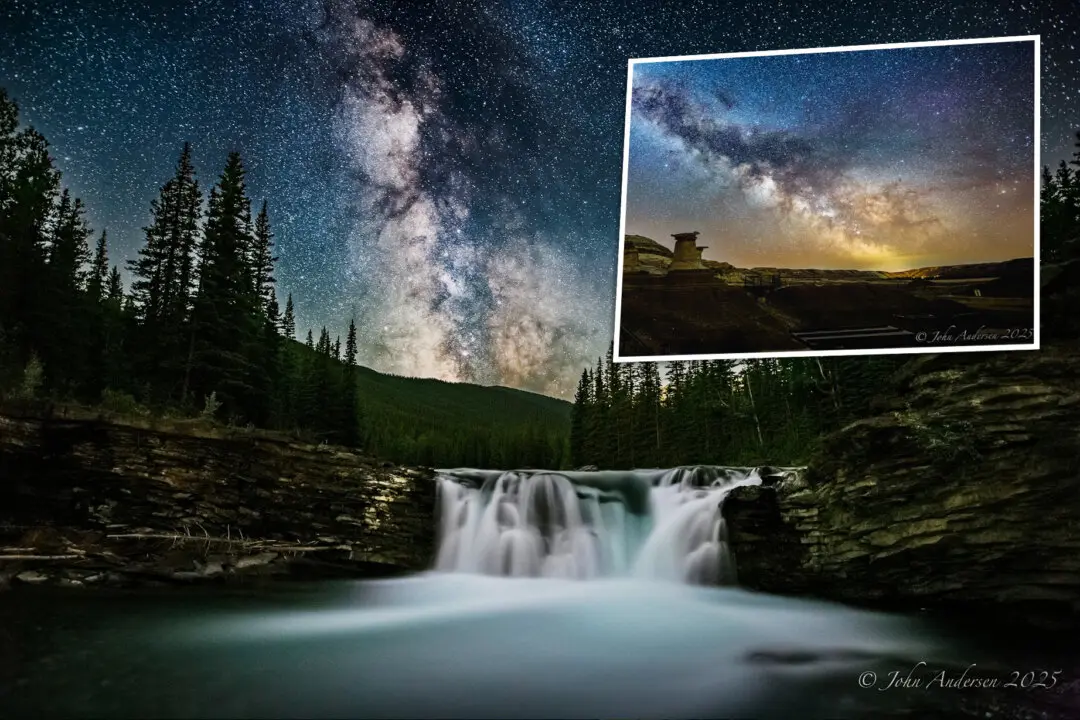Fifty-two light years away, the bright star Castor shines in the northern hemisphere of the stars’ globe, appearing as the head of one of the twins in the constellation Gemini. Seeming to shoot in all directions from Castor is one of the world’s most prolific meteor showers, which rains down on Earth’s atmosphere in all their fiery glory every December—the Geminids.
While Castor is unfathomably far away, the meteors that seems to radiate from it will be only some 60 miles above Earth’s surface when they peak next month, around Dec. 13–14. Optimally dark skies at that time—permitted by a waning crescent moon—will mean this celebrated meteor shower will be easy to spot. Under ideal darkness, one may see as many as 120 meteors per hour.






